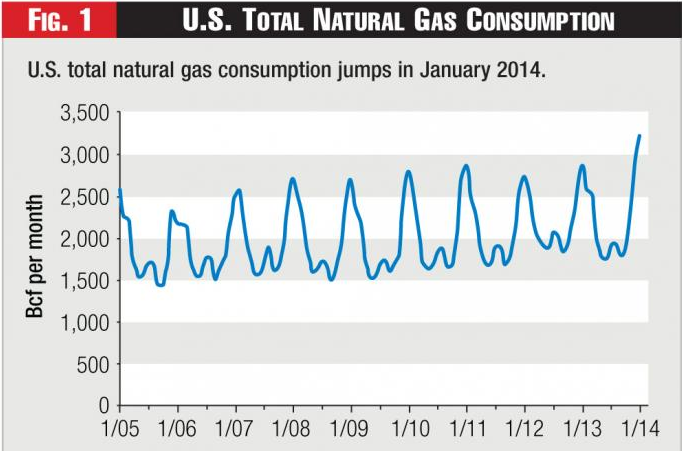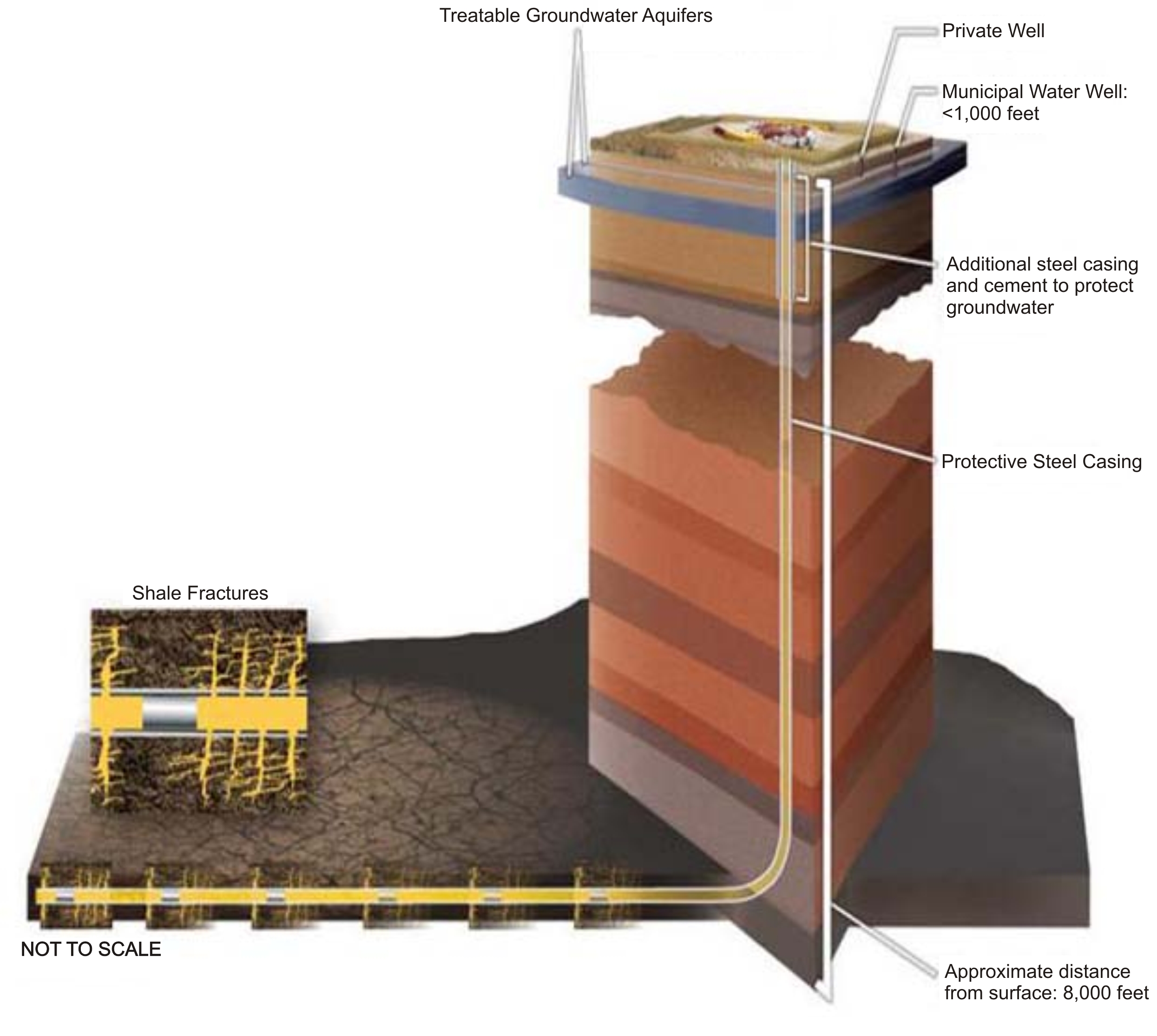

Last week, I mentioned that having a diversified fleet of power generating plants is a smart strategy for any utility; specifically, diversity by fuel source. The recent natural gas bonanza cut loose with the perfection of hydraulic fracturing and mind-blowing drilling capability (vertical a few thousand feet, then horizontal a few thousand feet) has unleashed a fury of kneejerk policy and utility strategy changes.
As is common with the Energy Rant, Jeff says, not so fast. It isn’t that easy. There are consequences and major challenges with racing down this road without thinking.
First we have the federal government (the EPA) – a political beast pouncing on the bandwagon. Part of their proposed solution for the June 2 declaration[1], which I am sure was made with little consideration of physical barriers, is for utilities to “re-dispatch” to natural gas combined-cycle power plants to the tune of 70% capacity factor. The definition of capacity factor is shown in the following equation.

I’m not even sure this is mathematically correct, but I thought this may be the only chance I have to include an integral in a post. What it is supposed to mean is that capacity factor is the actual electrical energy generated over a given period, divided by what that resource could generate over the same period. What it could generate, of course, is 100% of its capacity in output over the given period. In this case, the period would be 1 year.
The problem with “re-dispatching” natural gas plants once again comes down to physical constraints. This is something we preach to our engineers who do detailed energy studies. When a project is conceived, then developed, the engineer must think of the physical constraints under which the project must be implemented. This can greatly impact cost and/or feasibility (i.e., is the thing going to work without tearing down the building and building a new one).
For example, component (e.g. chiller) efficiency may not matter that much. What matters is how well the system meets the load required (demand). It may be advisable to install a small chiller to cover a few loads in the winter, or a boiler to meet some minor loads in the summer. Huge equipment operating at 10% capacity is typically very inefficient, despite nameplate ratings.
Question: this new thing needs to go somewhere. Where? Do we need to knock out a wall and remove an existing boiler and re-pipe a whole bunch of stuff? Or, is there already all kinds of room, a pad just waiting for a new chiller, an access door to the room with plenty of space to just wheel it in and plop it down? Hint: the latter is never the case. I believe however, that the EPA considers it to be the case for the natural gas plant “re-dispatching”.

Translation: the capacity of natural gas wells has exploded in recent years. The capacity to transport natural gas from the wells to the point of use has not. Ironically, there seems to be juvenile barriers to building pipelines these days – like all of a sudden we’ve lost our capability do build a safe pipeline.
The upshot: some areas of the country are in for a rude awakening, and they are already pressing the absolute maximum capacity of the system with very little margin to spare. For example, at 3,200 billion cubic feet, natural gas consumption last January exceeded the previous peak by more than 10%[2]. What’s that I hear about energy use flattening out or even declining? Ten percent growth is enormous, even for healthcare costs.
According to Fortnightly, starting in 2009, EPA regulations (obviously prior to this year’s Clean Power Plan) triggered the “largest retirement of [coal] generation capacity in history”, and it is leaving the grid near you by next April. Eighty-seven thousand megawatts[3], 10% of the total, will be shutting down and disconnecting from the grid.
Like it or not, coal is incredibly easy to extract, safely transport, and store. Storage for a large generating station requires a few acres, some conveyors, bulldozers, and maybe a chain link fence.
Power generation was already careening toward natural gas, with limited capacity to deliver (pipelines) even before implementing EPA’s Clean Power Plan, which includes vastly increased capacity factors. Pipes and plants are already maxed out and this is occurring in the winter months. Power prices in regions with deregulated supply (e.g. Texas) are hitting their caps. In Texas, that is $5 per kWh – the unit of electrical energy for which the average customer pays 11 cents.
Compounding the trend is that much of the generating capacity is being sold by utilities, with obligations to serve to merchant generating companies (gencos) who have no obligation to serve. Remember deregulation? This is deregulation.
With no obligation to serve – that is, no requirement to produce power regardless of cost – gencos have interruptible natural gas contracts. Interruptible contracts allow the supplier, the owner of the pipes, to shut off supply, essentially when it is needed most. And the gencos have no requirement for backup fuel, like propane. Fortnightly states that only 20% of natural gas generating capacity in New England has “some amount of firm natural gas supply”. Whoa!
Meanwhile, coal plants typically have one or two months fuel supply on hand. Nuclear: 4-5 years’ worth.
By the way, isn’t it ironic that some utilities (e.g. First Energy) have used the natural gas glut as being the game changer that no longer makes energy efficiency programs worthwhile or cost effective? It seems the opposite may be true.
[1] Clean Power Plan: 30% less CO2 emissions from power plants by 2030, base year = 2005
[2] Public Utilities Fortnightly
[3] About 175 power plants





